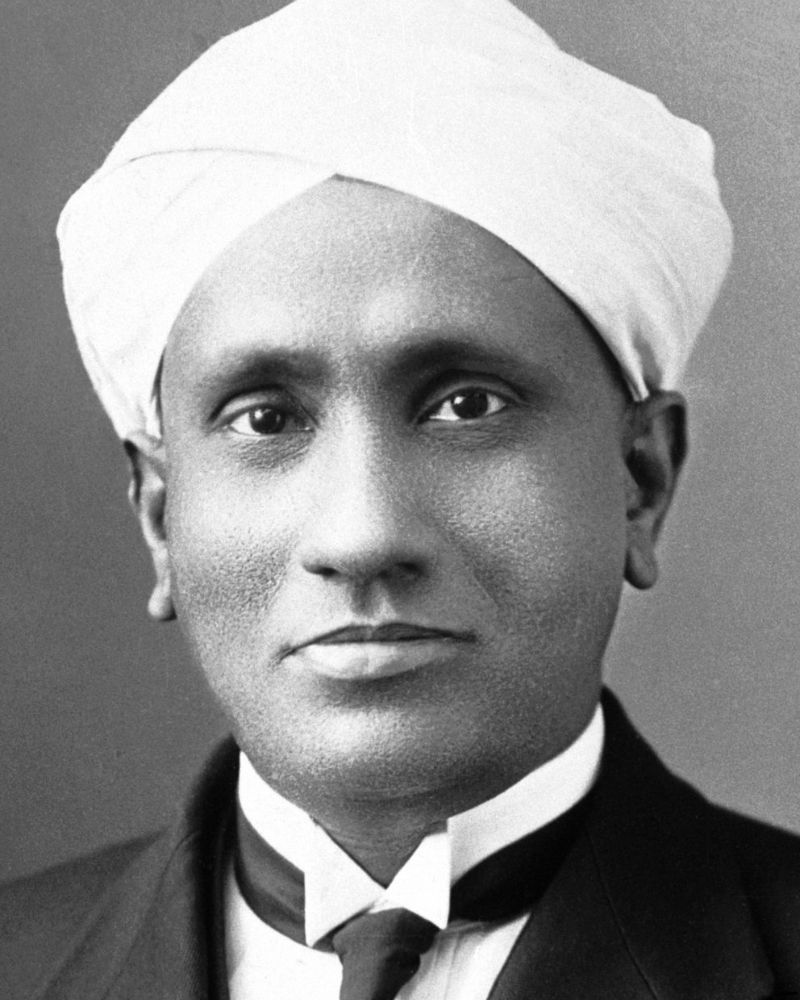C.V. Raman: The Pioneer of Light Scattering

Science has always been driven by curiosity and the quest to understand the natural world. One of India’s most renowned scientists, Sir Chandrasekhara Venkata Raman (C.V. Raman), made a groundbreaking discovery in physics that earned him the Nobel Prize in 1930. His work on the scattering of light, now known as the Raman Effect, revolutionized our understanding of molecular interactions and had a profound impact on various scientific fields.
Early Life and Education
C.V. Raman was born on November 7, 1888, in Tiruchirapalli, India. From a young age, he displayed an exceptional interest in science and excelled in academics. He graduated with a degree in physics from Presidency College, Madras, at just 16 years old. Despite limited research facilities in India at the time, Raman’s passion for science led him to conduct experiments with simple equipment, relying on his keen observational skills.
The Discovery of the Raman Effect
While working at the Indian Association for the Cultivation of Science (IACS) in Kolkata, Raman became fascinated by the behavior of light when it interacts with different substances. On February 28, 1928, he and his student K.S. Krishnan discovered that when light passes through a transparent material, it scatters, and a small fraction of the scattered light changes in wavelength. This phenomenon, later named the Raman Effect, provided direct proof that light interacts with molecular vibrations, leading to shifts in its energy.
This discovery was a major breakthrough in physics, as it helped scientists understand the structure and properties of molecules. It was also the first time that a scientific discovery made entirely in India gained global recognition.
Recognition and Nobel Prize
For his pioneering work, C.V. Raman was awarded the Nobel Prize in Physics in 1930, making him the first Asian to receive this honor in the field of science. His discovery had far-reaching applications, from chemical analysis to material science, and even in fields like medicine and forensics.
Contributions to Science and India
Apart from the Raman Effect, C.V. Raman made significant contributions to acoustics, studying the mechanics of musical instruments such as the violin and tabla. He also worked on crystal physics and optics, laying the foundation for future research.
Raman was passionate about promoting scientific research in India. He established the Raman Research Institute in Bangalore and played a key role in inspiring young scientists. His efforts helped strengthen India’s position in global scientific research.
Legacy and Impact
C.V. Raman’s contributions continue to influence science today. The Raman Effect is widely used in spectroscopy, a technique crucial for studying molecular structures. His discovery also finds applications in drug development, environmental science, and nanotechnology.
In recognition of his achievements, National Science Day is celebrated in India on February 28 every year to honor the day he discovered the Raman Effect.
C.V. Raman was more than just a scientist; he was a visionary who proved that scientific excellence could be achieved with determination and curiosity. His groundbreaking discovery changed the course of physics and remains one of India’s greatest contributions to the world of science. His legacy continues to inspire scientists globally, reminding us that curiosity and perseverance can lead to revolutionary discoveries.